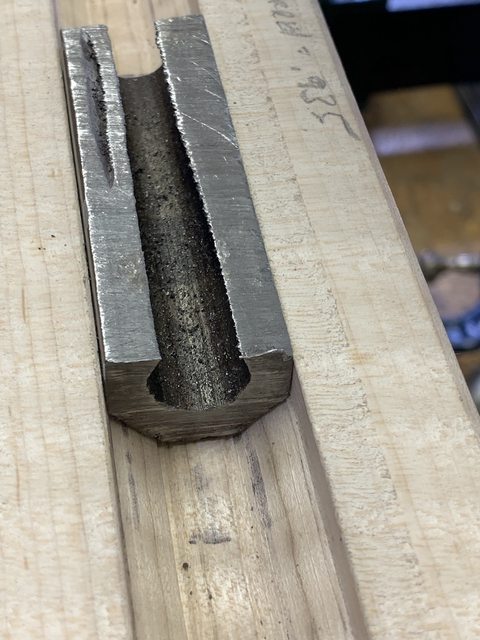David LaPell
32 Cal
About three weeks ago, I was shooting my Pedersoli Kentucky rifle in .32, and the frizzen snapped. Now, the gun itself is 40 years old, according to the stampings on it, they put it as being made in 1984. I bought the gun used last fall, and for some reason, it came with a CVA frizzen on it. I bought the new frizzen from VTI gun parts in June, and it's Pedersoli. Nothing was done to this frizzen except it was taken from the package and then put on the lock in that order. I didn't heat it, touch it, harden it, etc. It went on the way I got it. I think the gun had maybe 60 firings when the frizzen snapped. It sparked great, very reliable. VTI was great about it and sent me another one, but it looks just like the one before, which some have told me didn't look properly heat treated because it's a cast part. So can I expect the next one to give up the ghost in only the same number of shots? Even though it was worn out, the CVA frizzen took a heck of a lot more punishment from its appearance then the Pedersoli frizzen did. I've been told this is a fairly common thing. Since L & R does not offer a lock for this gun (I asked) is this something I have to look forward to from Pedersoli's parts now? I know the Pedersoli frizzen cost almost $60 and a spare frizzen for my Traditions Kentucky doesn't even cost $30, and the Traditions Kentucky that I bought used has more shots on it then the new Pedersoli frizzen lasted and it's still going strong without any issues.















